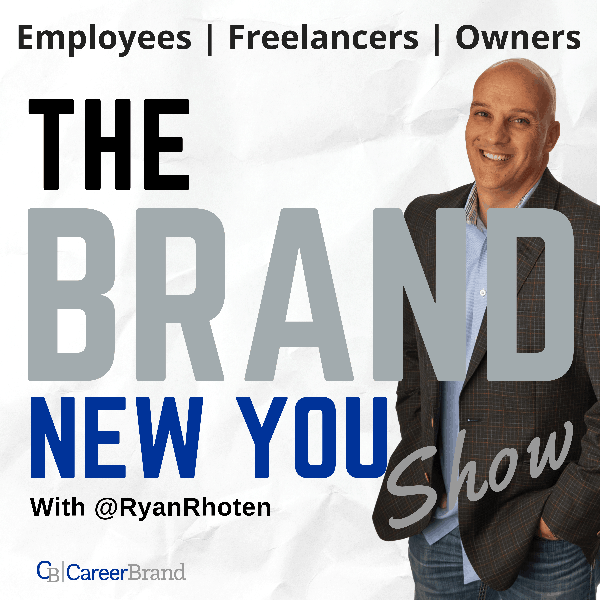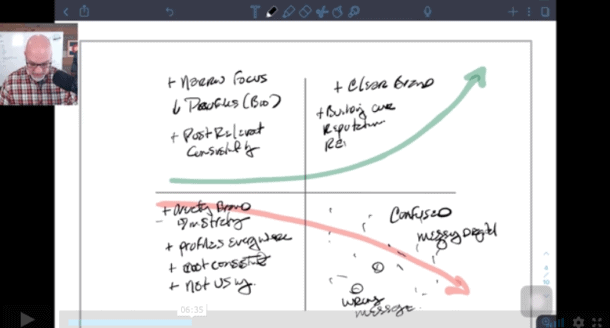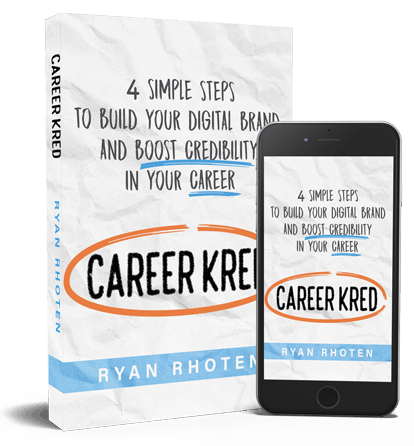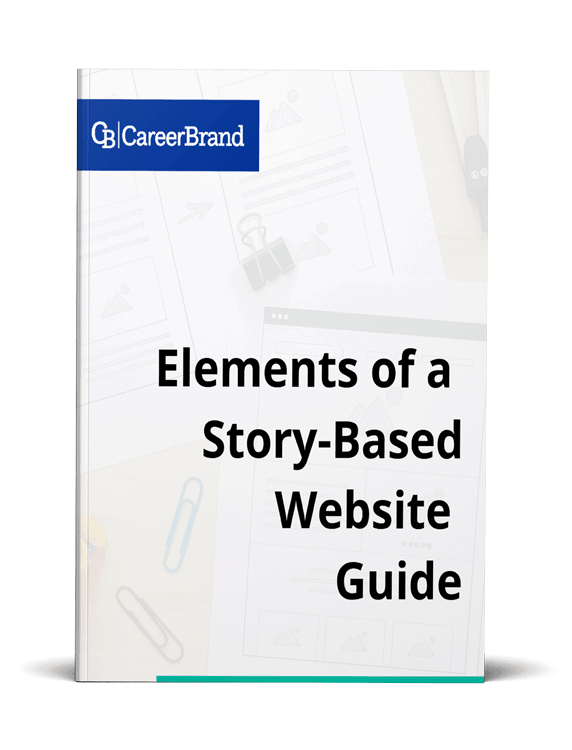Ian helps his clients discover how to become outrageously successful at targeting and winning business by teaching them how to flip the buyer-seller dynamic on its head in order to regain control of the sales process, earn the role of a trusted advisor so they can dramatically grow their revenue.
[smart_track_player url=”http://traffic.libsyn.com/thebrandnewyoushow/Ian_Altman_FINAL.mp3″ social_linkedin=”true” social_pinterest=”true” ]
IAN ALTMAN’S CAREER JOURNEY
Ian is no stranger to building and running businesses. Before starting his current business, Grow My Revenue, he founded two companies, a software company, and a consulting company.
Sales came somewhat easy to Ian but it was still a skill he needed to work at in order to improve. Fortunately for Ian early in his career and prior to starting his businesses, he worked for a few companies that provided him with some high-value sales training where he learned the structure around sales.
UPSIDE DOWN SELLING AND SAME-SIDE SELLING
Over the years Ian has noticed some big changes in the “sales” arena. Like credentials, Ian noticed that in the past, information was relatively scarce. If you had information you were a valued salesperson.
This meant people needed to go to a salesperson for the latest and greatest information. As you might expect, this is not so much the case today. Customers today, in many cases, have more information than the salesperson.
No longer the conduit of information, the sales role has shifted more towards helping customers understand whether or not what they need is provided by the company. Salespeople today are very much subject matter experts, guides if you will, in the sales process now vs. just disseminating information.
In his book Upside Down Selling, Ian tells us that in the traditional sales role a salesperson feels like they need to convince the client they need whatever they are selling. Ian’s notion of upside down selling, however, flips this role and suggests that the sales person’s role now is to have the client convince them that they have a problem worth solving.
This flipped mindset Ian argues turns the sales process into more of an integrity-based system where the salesperson only works with people who they can truly help make an impact in their lives.
Ian believes people new to sales and even some people who are not so new to sales, make the following two mistakes.
1 – Focus on features and attributes vs. the problem being solved for the client.
Another way to say this is they tend to think about what they are offering vs. why people need what I’m selling.
2 – Getting caught up in a cycle of rejection.
This cycle stems from the “old” way to think about sales. Using the upside down selling mindset, a “rejection” is really a mutual agreement between you and the client that there is not a good fit to match their needs in the product or service you are selling.
WHAT PROBLEMS CAN YOU HELP YOUR CUSTOMER SOLVE
Ian describes during the discussion what his friend Bob London refers to as the “elevator rant” which is the upside down version of the elevator pitch. The idea behind it is that once you’re on the elevator, instead of a pitch from you, you listen to the prospective client's “rant” about their challenges.
Your role is to actively listen to these challenges for the ones you know you can help them resolve. Once you hear that challenge, then you address them in the elevator and let them know you have the perfect solution.
The elevator rant plays into Ian’s philosophy regarding the two things you should be doing during the sales process.
1 – Listening
2 – Asking questions
Of the two, Ian lists listening as being the most important because if you’re not listening, you ask bad questions and if you ask bad questions, then the answer doesn’t really mean as much. By listening first, you determine if the potential client has a problem worth solving. once you know this, you can then determine whether or not you can help them solve it.
Not listening can cause you to solve a customer's issue too soon. As an example, consider if you went to a doctor complaining about a sore elbow and his/her first response was to schedule surgery for the following week that may not be the optimal solution.
As the patient, you were not included in the diagnosis and therefore you would probably leave the docs office running. As salespeople who can solve our customer's challenges, we need to remember that we must bring the customer along the diagnosis journey with us in order for them to agree with our solution.
3 THINGS THAT MATTER THE MOST WHEN QUALIFYING YOUR CUSTOMERS PROBLEMS
When you are actively listening to your customer’s challenges, Ian suggests paying particular attention the 3 I’s.
Issue –
This is the problem or challenges your customer is facing or trying to solve on their own. You identify this by listening and asking questions. Keep in mind, if they had no issues they would not need your services.
Impact –
This is the result your customer will face if they cannot resolve their challenge or problem. To get here, once you’ve identified the Issue they face you simply ask, what happens if you don’t/can’t solve this particular issue? Follow this up with questions about their response to help them quantify their challenges.
Importance –
Quantifying the Impact of the issue your customer is facing will lead you to understand the importance of the issue in their eyes. Once you know this, you will understand if they value the resolution more than what you will charge for your services. This provides you a basis of comparison between resolving their pain and your services.
POSITION YOURSELF AS A TRUSTED ADVISOR VS A SALESPERSON
Ian reminds us that the toughest thing to do when starting a business is to walk away from any business. Even if they are not the right fit for you. You need to be confident you can resolve their issue. If you can’t, you should pass on the business.
As a trusted advisor your role is to get people, potential clients, the help they need even if that help is not you. Listening and asking questions in order to understand the three I’s, positions you as a trusted advisor vs. a salesperson which helps position you for success.
Using stories is a great way for you to position yourself as a trusted advisor by empathizing with a client. During the story, you can reference previous clients who wrestled with similar challenges and describe how using your services they were able to resolve their issue. This method allows your prospective client to put themselves in the position of your previous client so they can visualize success.
IAN ALTMAN'S PODCAST – GROW MY REVENUE BUSINESS CAST
Ian runs a very successful podcast called the Grow My Revenue Business Cast podcast. His podcast offers excellent advice on marketing, business, sales, etc. From some very successful business leaders such as Michael Port and Seth Godin.
Ian’s show is very listener driven. He solicits interests from his listeners on anything from topics to talk about to the guests he needs to have on the show. The podcast releases every week on Monday mornings.
THE BEST WAYS TO CONTACT IAN ALTMAN
Web: IanAltman.com
Twitter: @IanAltman
LinkedIn: IanAltman






